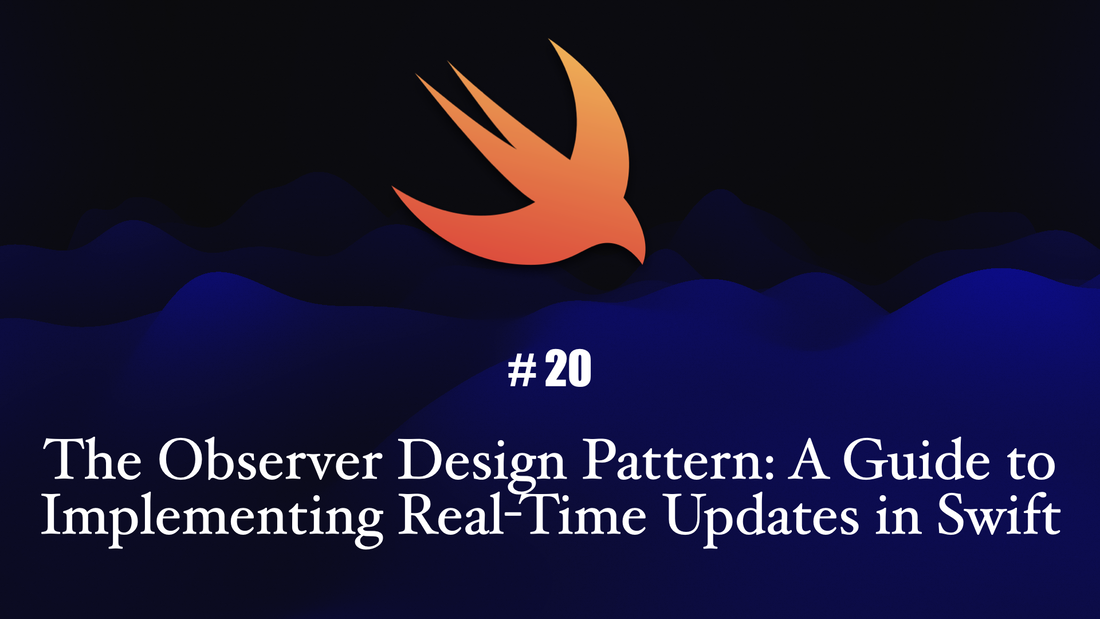In Swift, the Observer Design Pattern can be implemented using protocols and delegates. A protocol is used to define the methods and properties that an observer must implement in order to receive notifications from the observed object. A delegate is then used to handle the communication between the observed and observing objects.
To implement the Observer Design Pattern in Swift, we first need to create a protocol that defines the methods and properties required for an observer. For example, we may create a protocol called "TimeObserver" with a method called "timeChanged". This method will be called by the observed object whenever time changes, and it will be up to the observer to implement this method and handle the notification.
The output will be:
"The time has changed to: 3:00 PM"
In this example, we have implemented the Observer Design Pattern in Swift by creating a protocol to define the method required for an observer, a class to represent the observed object, and an observer object to receive notifications from the observed object. This pattern allows us to easily add or remove observers and send notifications to multiple observers simultaneously.


